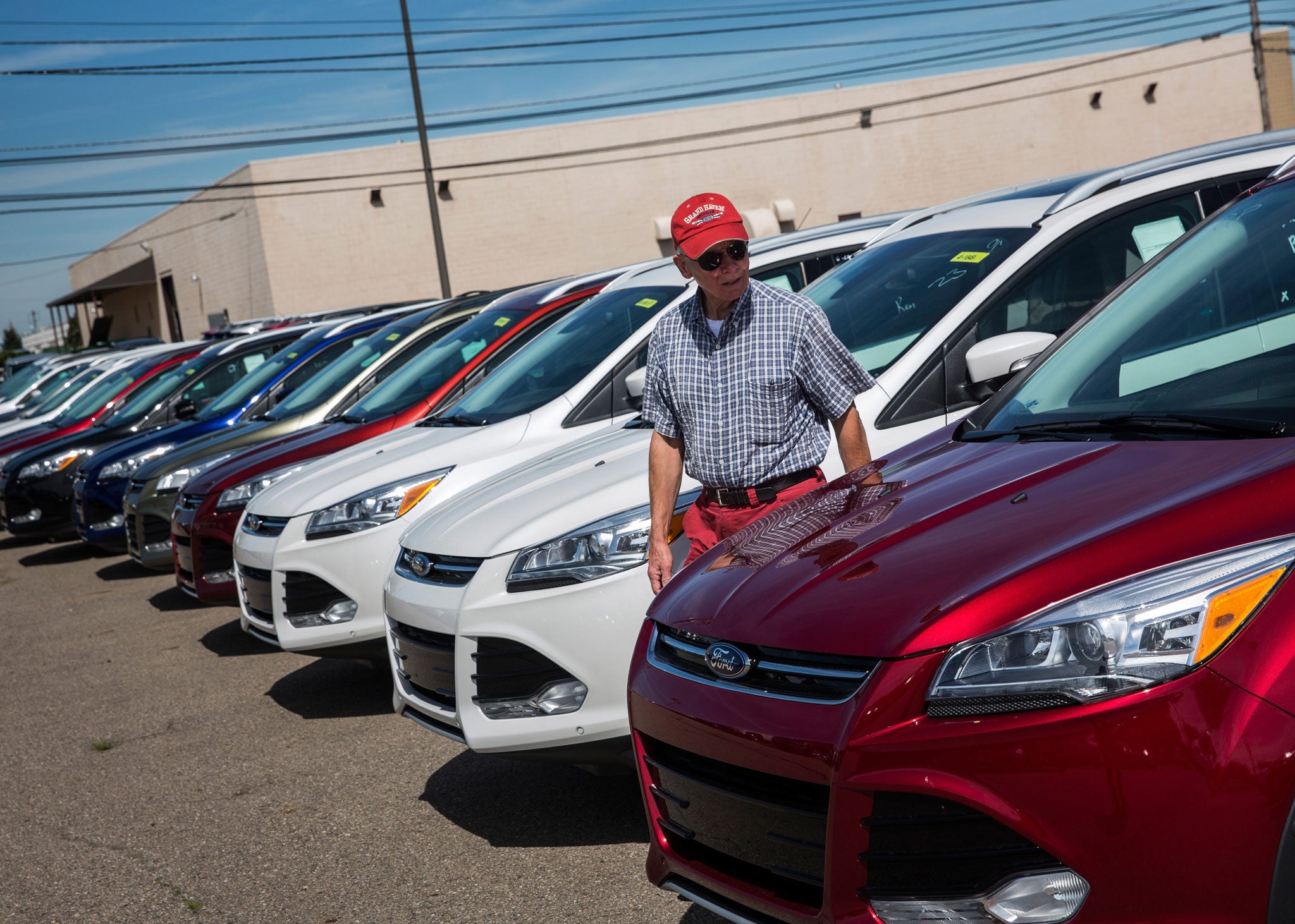A ray of sunshine for Detroit. The motor business is roaring back to life
The auto market is both a symbol of recovery and a driver of it


Your support helps us to tell the story
From reproductive rights to climate change to Big Tech, The Independent is on the ground when the story is developing. Whether it's investigating the financials of Elon Musk's pro-Trump PAC or producing our latest documentary, 'The A Word', which shines a light on the American women fighting for reproductive rights, we know how important it is to parse out the facts from the messaging.
At such a critical moment in US history, we need reporters on the ground. Your donation allows us to keep sending journalists to speak to both sides of the story.
The Independent is trusted by Americans across the entire political spectrum. And unlike many other quality news outlets, we choose not to lock Americans out of our reporting and analysis with paywalls. We believe quality journalism should be available to everyone, paid for by those who can afford it.
Your support makes all the difference.Detroit is not just about civic disaster. It is also about automobile glitz. This week more than 200,000 people have hit town to visit the annual North American International Auto Show – the car business is back. Sales of cars and light trucks have increased from a trough of 10.5 million in 2009 to 15.6 million last year. Forecasts for 2014 are around 16.5 million, maybe a bit more. That will be within fighting distance of the sales of around 17 million between 2002 and 2006.
Of course the beneficiaries have not only been the two main domestic manufacturers, though GM’s shares are up by nearly a third on the year and it has pledged to start paying dividends on ordinary stock for the first time in six years. Toyota is a winner too, and among the importers Jaguar Land Rover, though tiny by comparison, is gaining ground at the top end.
The auto market matters because it is both a symbol of recovery and a driver of it. It is symbol because it is a practical measure of consumer confidence, and a driver because it is so huge – what with dealer networks as well as manufacturers. The main concern is that sales have been driven by very cheap loans. As and when cheap finance ends, the market will, some argue, start to struggle again.
It is hard for a visitor to the US to make a call on this one. Since new cars are more efficient than older ones, as well as being more reliable, it makes sense to pay a bit more on interest and a bit less on gas. On the other hand, the cost of loans will rise as interest rates do. My guess is that availability of finance is more important than cost as dealers can “lose” the interest in profits from selling add-on kit. As long as the loan looks cheap that is just fine. Either way, the big point stands: America’s biggest industry is just about back to its golden years, even if Detroit is not.
Read more Hamish Mcrae: There's optimism in the global economy - but only the wealthy are feeling the effects
Join our commenting forum
Join thought-provoking conversations, follow other Independent readers and see their replies
Comments